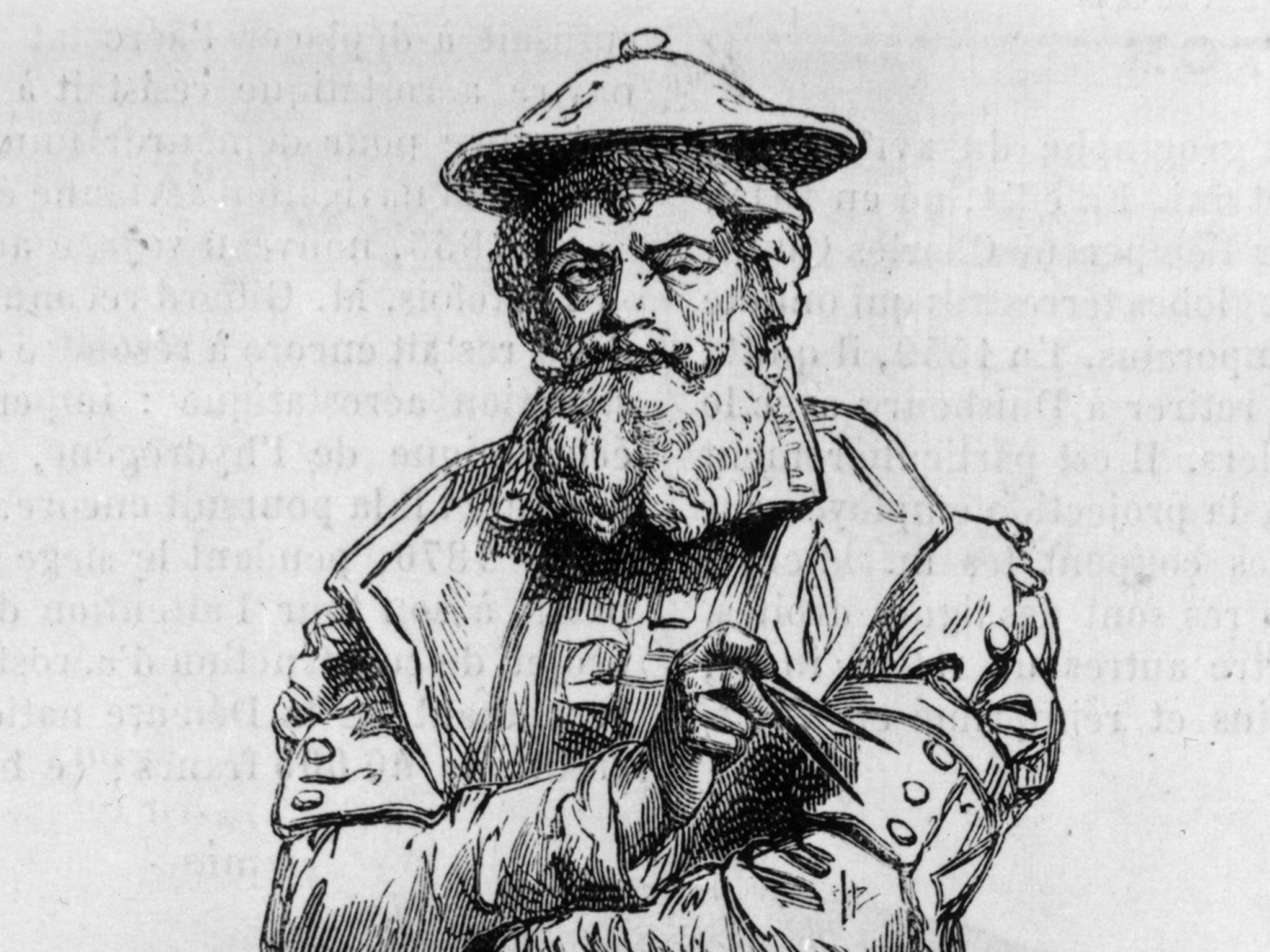Gerardus Mercator: Google doodle celebrates cartographer who created world atlas
Mercator also created an important mapping technique

Google has marked the birthday of 16th century cartographer Gerard Mercator, who coined the term atlas in reference to a collection of maps, with a Doodle on its homepage.
Mercator, who was born in Flanders, now in modern Belgium, changed the face of 16th century maps. His 1569 map was his most influential, as parallels and meridians were rendered as straight lines spaced, so as to produce at any point an accurate ratio of latitude to longitude.
His innovation was later known as the Mercator projection, and enabled seamen to steer a course over long distances by plotting straight lines without having to constantly adjust compass readings.
Born on 5 March 1512, Mercator was educated in the Netherlands, where he was taught theology, a type of philosophical argument called dialetics, and Latin.
By 1532, he had graduated with a master’s degree in humanities and philosophy from the Catholic University of Leuven, now in modern-day Belgium.
He would go on to master mathematics, geography and astronomy with the help of leading mathematician Gemma Frisius. The pair would often vist the worlshop of engraver and goldsmith Gaspar à Myrica.
Aged just 24, Mercator was an excellent engraver, calligrapher and made exquisite scientific instruments.
In 1534 Mercator married Barbara Schellekens, with whom he had six children.
His fortunes changed in 1544 when he was imprisoned for heresy, after a combination of his Protestant faith and his frequent trips to gather information for his maps aroused suspicions.
But with the help of university authorities, he was released after seven months and continued ihs work.
Mercator became a well-known figure in around 1552, when he moved the Duchy of Cleve, in modern-day Germany, and established a cartographic workshop where he hired his own engravers.
However, he was not publicly recognised for his work until 1564 when he was appointed as the court “cosmographer” to Duke Wilhelm of Cleve.
It was during these years he perfected his projection technique, later named the “Mercator projection,” which he went on to use on his map of the world in 1569.
Mercator then began to put together a series of publications to describe the creation of the world and its subsequent history, which he called the atlas.
Mercator died in 1594 in the Duchy of Cleve.
His atlas project was completed by his son after his death in 1595.
Subscribe to Independent Premium to bookmark this article
Want to bookmark your favourite articles and stories to read or reference later? Start your Independent Premium subscription today.

Join our commenting forum
Join thought-provoking conversations, follow other Independent readers and see their replies